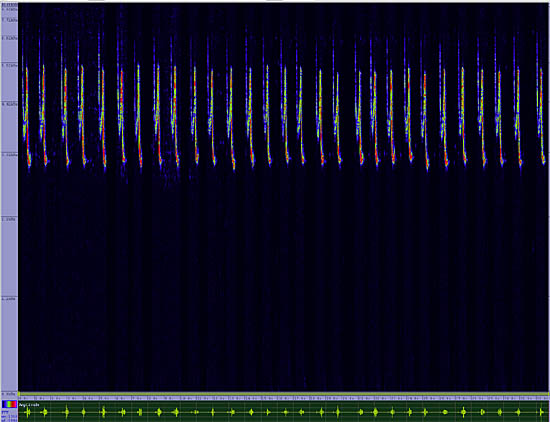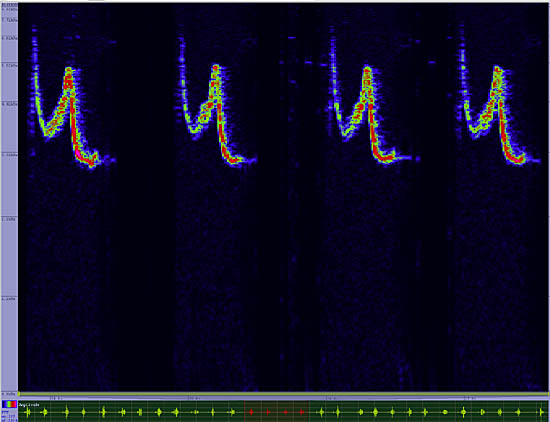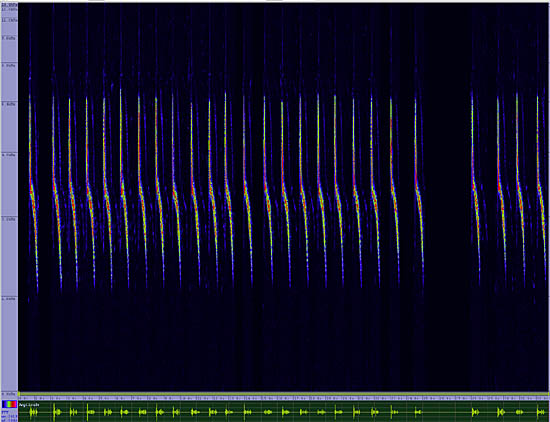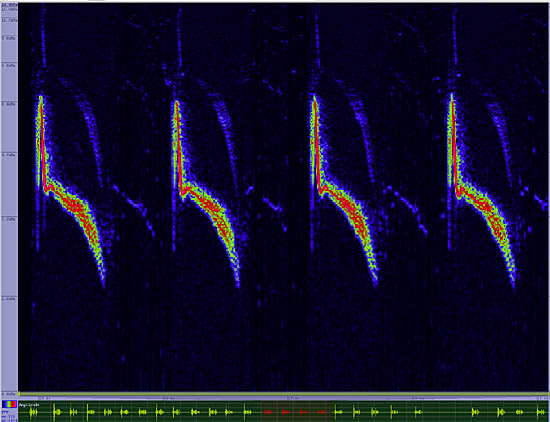Hutton's Vireo
Vireo huttoni

Perching
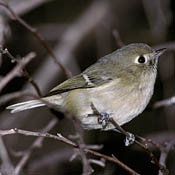
Length: 5 in. (13 cm )
A small, drab species that resembles a Ruby-crowned Kinglet, this vireo is made most evident by its monotonous song. It occupies undergrowth and mid levels of pine-oak and open coniferous woodlands. It regularly joins mixed species foraging flocks of chickadees, titmice, kinglets and warblers and eats mainly insects with a smattering of fruits.
The four-digit banding code is HUVI.
Bibliographic details:
- Article: Hutton's Vireo
- Author(s): Dr. Biology
- Publisher: Arizona State University School of Life Sciences Ask A Biologist
- Site name: ASU - Ask A Biologist
- Date published:
- Date accessed:
- Link: https://askabiologist.asu.edu/activities/bird/huttons-vireo
APA Style
Dr. Biology. (). Hutton's Vireo. ASU - Ask A Biologist. Retrieved from https://askabiologist.asu.edu/activities/bird/huttons-vireo
Chicago Manual of Style
Dr. Biology. "Hutton's Vireo". ASU - Ask A Biologist. . https://askabiologist.asu.edu/activities/bird/huttons-vireo
Dr. Biology. "Hutton's Vireo". ASU - Ask A Biologist. . ASU - Ask A Biologist, Web. https://askabiologist.asu.edu/activities/bird/huttons-vireo
MLA 2017 Style
Be Part of
Ask A Biologist
By volunteering, or simply sending us feedback on the site. Scientists, teachers, writers, illustrators, and translators are all important to the program. If you are interested in helping with the website we have a Volunteers page to get the process started.




